I nostri partner
Fidato da
più di 1000 fornitori di soluzioni IT e imprese
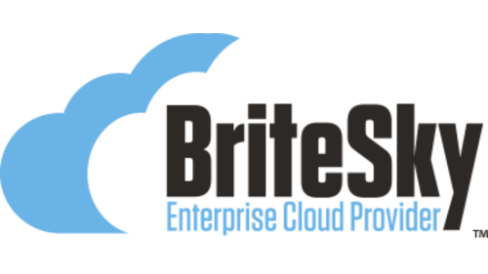
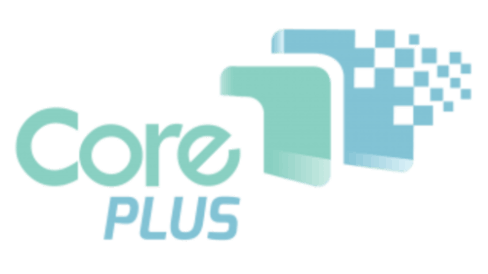
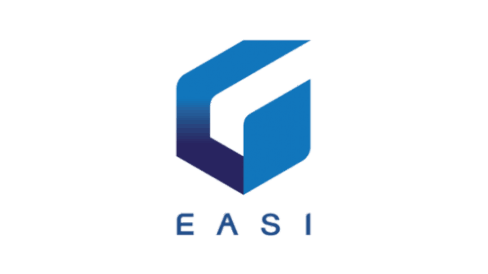
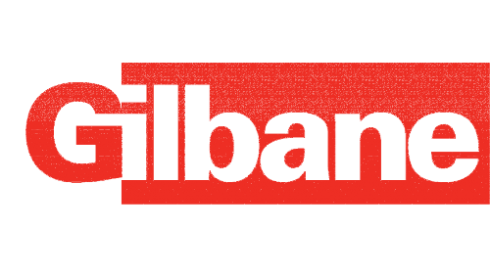
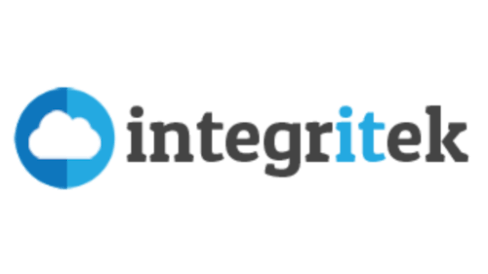
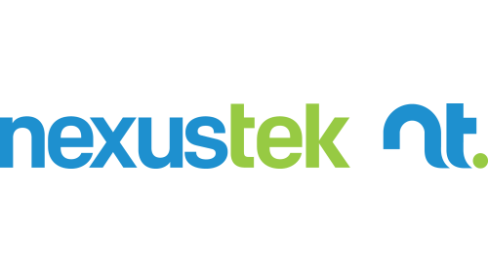

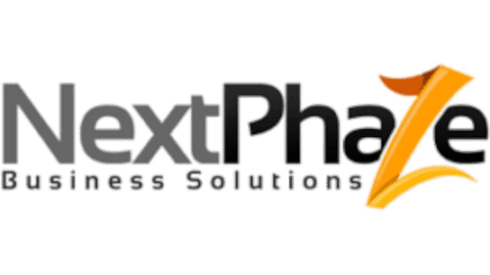
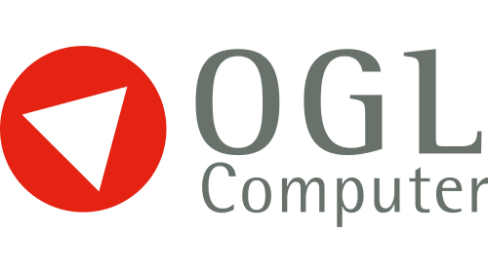

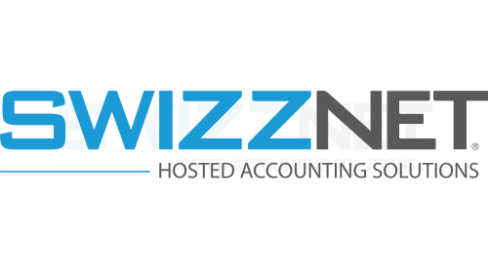
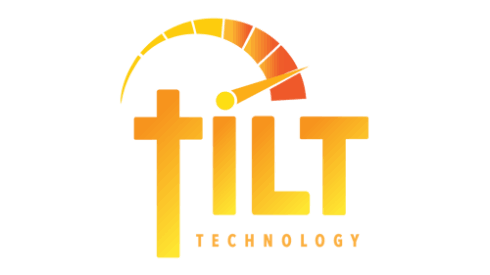
Come MSP, hai subito perdite di ricavi a causa delle migrazioni dei server di file dei tuoi clienti verso SharePoint?
I tuoi clienti ti hanno chiesto di lavorare con Microsoft per recuperare un file cancellato da tempo da SharePoint?
Hai avuto una storia di fallimenti nelle migrazioni verso SharePoint?
O stai cercando un modo migliore per ospitare i server di file dei tuoi clienti?












Non è un segreto che la pressione sui flussi di entrate degli MSP stia aumentando man mano che i server di file e applicazioni migrano verso il cloud.
L'industria degli MSP è stata generalmente costretta ad adattarsi alla migrazione verso il cloud e alla riduzione delle entrate offrendo servizi congiunti, concentrandosi sulla specializzazione, offrendo servizi aggiuntivi a valore aggiunto o persino sviluppando il proprio software.
Tuttavia, questo è un segno che le persone hanno accettato il fatto che non c'è molto che possono fare riguardo la migrazione apparentemente inevitabile verso il cloud e l'erosione di entrate più stabili provenienti dalla gestione di server di file e applicazioni on-premise.
E questo è un fatto piuttosto importante, perché il valore di un'impresa MSP è determinato dalla dimensione prevista del suo flusso di entrate e dalla probabilità che continuerà ad esistere e a crescere ai tassi storici.
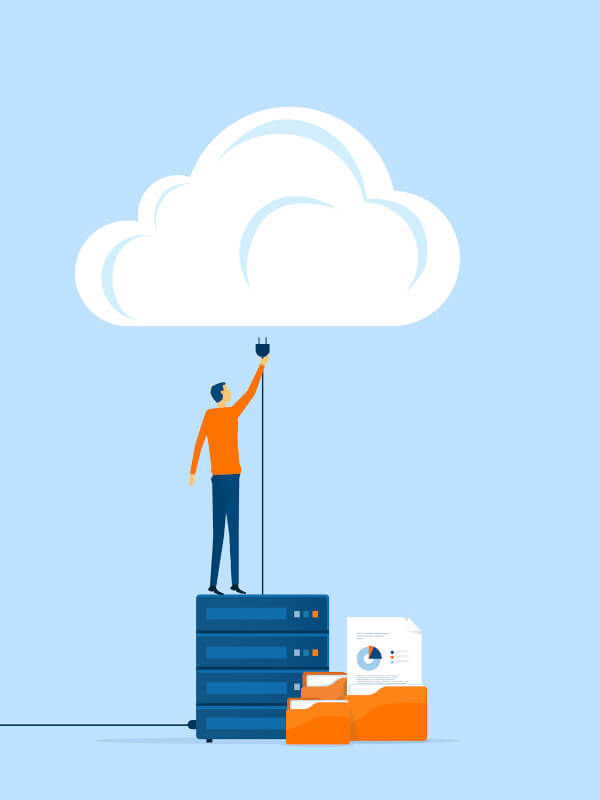
Per quanto SharePoint Online sia comodo e risolva problemi per molti clienti, per gli MSP come te comporta questioni di fatturato e altre sfide. Se sei influenzato da queste sfide, non è perché servizi di migrazione del file server come SharePoint sono inevitabili nell'era del cloud, ma perché c'è un'alternativa come la mobilizzazione del file server che non hai ancora provato.
Mobilizzazione del server dei file si concentra sulla compatibilità del server dei file con il comportamento degli utenti e le applicazioni utilizzate dagli utenti. Allo stesso tempo, semplifica l'accesso a file e cartelle da parte degli utenti remoti e dai dispositivi mobili senza la necessità di una VPN o RDP. Tecnicamente, la mobilizzazione del server dei file è un componente software o un servizio che include capacità di accesso remoto e interagisce direttamente con i server dei file esistenti preservando il mapping dei drive, il blocco dei file, il controllo dei permessi, l'identità dell'utente per gli utenti e i riferimenti esterni (XREF) per la compatibilità delle applicazioni.
La soluzione di mobilizzazione di CentreStack per i server dei file mira a preservare i ricavi "aderenti" ogni volta che è possibile e a cercare nuove fonti per sostituire le "perdite inevitabili" dalle migrazioni verso servizi cloud come SharePoint. La piattaforma focalizzata sul canale offre quattro strategie chiave che possono aiutare a SALVARE i ricavi dei "servizi aderenti" e ad aumentare i margini:
01
SVetrina
Mettere in evidenza i vantaggi di CentreStack rispetto alle limitazioni di SharePoint per aumentare la consapevolezza riguardo la mobilitazione dei file server.
02
Pubblicizza
Pubblicizza CentreStack in tutti i pacchetti di servizi per mostrare un portfolio di servizi completo sia per la migrazione che per la mobilitazione.
03
Convalida
Validare il valore delle relazioni con i clienti che preferiscono la mobilizzazione alla migrazione.
04
Espandi
Espandi il reddito ricorrente con server di file multi-tenant e soluzioni di accesso diretto.

SharePoint Online sembra essere l'unica soluzione conosciuta dal tuo cliente in termini di migrazione del server dei file, poiché è inclusa come parte dell'offerta di Microsoft 365 e non comporta costi aggiuntivi. La soluzione offre molti vantaggi che incoraggiano le organizzazioni a migrare il loro server dei file su SharePoint, risparmiando il costo di mantenimento di un server dei file on-premises. Molti clienti scoprono che SharePoint è la soluzione giusta per la loro attività, quindi sono felici di rimanere con SharePoint Online perché soddisfa le loro esigenze di collaborazione sui contenuti.
Tuttavia, ci sono più aziende che stanno riscontrando difficoltà con SharePoint e trovano ancora più arduo iniziare la migrazione. Alcune organizzazioni semplicemente non possono permettersi di migrare a SharePoint a causa di conformità e regolamenti. Alcuni trovano difficile superare la compatibilità delle applicazioni, e altri ancora faticano ad adattarsi alle seguenti limitazioni di SharePoint.
Mentre il primo gruppo di clienti può trovare una soluzione soddisfacente in SharePoint, il secondo gruppo potrebbe aver sentito parlare dei vantaggi di SharePoint e sta cercando di forzare il proprio MSP, cioè voi, ad aiutarli a migrare i loro file server su SharePoint. Dopo tanti tentativi falliti, avete realizzato che la migrazione del file server non è adatta a tutti i vostri clienti. Per quei clienti che necessitano di una maggiore compatibilità del file server, esiste ora una soluzione di mobilitazione del file server che vi aiuterà.
Spiegheremo come le strategie 1-3 si concentrano sulla protezione del fatturato:
Vi mostriamo anche come la quarta strategia estende i flussi di profitto "permanenti" con:
Ci sono clienti che sono soddisfatti di SharePoint e altri che non lo sono. La strategia non è quella di allontanare i clienti soddisfatti da SharePoint. Le opportunità sorgono quando le seguenti strategie vengono applicate per identificare coloro che non sono soddisfatti di SharePoint o non possono utilizzare SharePoint affatto, e aiutarli con una soluzione alternativa di mobilitazione del file server per migliorare la produttività remota e mobile mantenendo al contempo i ricavi degli MSP dagli asset del file server gestiti.
Come loro fidato consulente IT, avete indizi su quali clienti sono soddisfatti di SharePoint e quali no. Alcuni indizi possono essere legati al grande insieme di dati del cliente, mentre altri indizi possono derivare dalle applicazioni che stanno eseguendo e dal contesto di sicurezza e conformità in cui si trovano. La prima strategia è semplicemente identificare i clienti che non vanno d'accordo con SharePoint o che non utilizzano SharePoint affatto, e aiutarli a comprendere la differenza tra migrazione e mobilitazione introducendo CentreStack. Ecco una breve panoramica delle cinque aree in cui possono verificarsi problemi.
Unità Mappate e Compatibilità del File Server
Per i clienti che necessitano di mappatura delle unità, blocco dei file e gestione centralizzata dei permessi in modo che gli utenti possano accedere senza problemi alle loro consuete unità P, Q, R e S con i loro nomi utente, password e permessi esistenti. Sono alla ricerca dei vantaggi di un file server locale combinato con la mobilità del cloud.
2. Backup, Protezione e Recupero
Microsoft si sta sollevando dalla responsabilità per i dati dei clienti. Attualmente SharePoint offre solo un backup di 30 giorni. Con CentreStack, puoi proteggere i dati dei tuoi clienti, sfruttare le funzionalità di protezione da ransomware e impostare politiche di conservazione che consentono agli utenti di recuperare i file eliminati.

3. Compatibilità dell'applicazione
Per i clienti che necessitano di compatibilità con applicazioni legacy come AutoCAD o InDesign, che riscontrano problemi di blocco file e altre questioni multi-utente su SharePoint, CentreStack funziona con tali applicazioni.
4. Conformità, Controllo e Privacy
Alcuni clienti sapevano fin dall'inizio che non avrebbero potuto utilizzare SharePoint perché i file dovevano essere memorizzati in una posizione specifica per risparmiare sui costi, soddisfare le esigenze aziendali o rispettare le normative di conformità. Con CentreStack, non sono esclusi quando si tratta di produttività mobile per le esigenze di collaborazione sui contenuti dei loro dipendenti.
5. Riduzione della complessità e dei costi di migrazione
Molti clienti sottovalutano il costo della migrazione al cloud. Le restrizioni di SharePoint, ad esempio, possono richiedere una completa riorganizzazione di tutti i dati e dei permessi! Potrebbe essere necessario suddividere grandi insiemi di dati in molteplici librerie più piccole e accorciare i percorsi dei file lunghi. CentreStack elimina tutti questi costi aggiuntivi rendendo i dati del tuo file server disponibili AS-IS ai lavoratori mobili.

Alcune industrie sono più adatte alla mobilitazione dei file server, come l'architettura, l'ingegneria, la costruzione, la produzione, la pubblicità e il governo. Con CentreStack, puoi fornire una soluzione unica per le loro esigenze proteggendo al contempo i tuoi flussi di entrate. Il seguente confronto tra la migrazione dei file server e la mobilitazione dei file server spiega perché certe industrie preferiscono determinate soluzioni.
| Migrazione del Server dei File | Mobilizzazione del Server di File |
|---|---|
| La migrazione del server dei file in genere non si concentra sulla compatibilità delle applicazioni. Di conseguenza, può influenzare l'abitudine quotidiana degli utenti riguardo al modo in cui vengono accessi i file. | La mobilitazione del server dei file si concentra sulla compatibilità retroattiva come il mapping dei drive, il blocco dei file e i controlli dei permessi. |
| I fornitori offrono una cartella di sincronizzazione per accedere a file e cartelle, ad esempio, da una cartella "Dropbox". | I provider forniscono lettere di unità corrispondenti a quelle della rete locale senza richiedere una VPN. |
| I clienti si affidano alla Gestione del Ciclo di Vita dei Dati del fornitore per il backup e la conservazione dei dati. | I clienti sfruttano la gestione del ciclo di vita dell'attuale file server senza interruzioni. |
| Dopo la migrazione del file server, il file server viene dismesso. | Dopo aver aggiunto le capacità di mobilitazione al file server, il file server rimane attivo. |
| La migrazione del server dei file si concentra sul trasferimento dei dati nel cloud per ridurre l'onere della gestione locale. | La Mobilizzazione del File Server si concentra sul mantenere i dati per motivi di proprietà, privacy, conformità e compatibilità. |
Il primo passo per aiutare i clienti che non sono stati in grado di utilizzare SharePoint è aumentare la consapevolezza sulla migrazione dei file server rispetto alla mobilizzazione del file server (vedi Strategia #1). E il modo migliore per creare tale consapevolezza è attraverso un pacchetto di servizi. Se non lo hai già fatto, adotta la pratica del settore di offrire servizi raggruppati. Tipicamente, gli MSP offrono 3 opzioni che possono essere considerate buone, migliori e ottime. Il consenso generale è che i servizi raggruppati sono molto più stabili dei servizi venduti singolarmente, anche se può essere più difficile giustificare la spesa iniziale più elevata per l'acquisto di un pacchetto di servizi.
La seconda strategia:
L'offerta di servizi combinati fornisce una piattaforma per promuovere l'unica combinazione di valore che un MSP può offrire. E i clienti sono più propensi a considerare quanto segue:
L'aggiunta di CentreStack ai pacchetti MSP rafforza questo approccio e aumenta la fidelizzazione dei clienti fornendo l'esperienza familiare di unità mappate e server di file senza interrompere i flussi di lavoro esistenti degli utenti. Introduce più clienti alle funzionalità e ai vantaggi mancanti in servizi come SharePoint e Dropbox, raggiungendo due obiettivi importanti:
SharePoint, Dropbox, Google Drive e servizi simili si basano tutti sulla migrazione dei file server. Ed è per questo che molti dei loro clienti hanno problemi in queste aree. Per affrontarli, la migrazione dei file server deve essere sostituita dalla mobilitazione dei file server - un approccio che affronta pienamente la produttività mobile e la sicurezza MA mantiene anche il 100% di compatibilità con i casi d'uso dei file server.
La prima parte delle sequenze strategiche riguarda la creazione di consapevolezza riguardo le limitazioni di SharePoint e l'opportunità di ottenere la mobilità nel cloud mobilizzando i file server. Implementare il piano di consapevolezza aumenterà la probabilità che i tuoi clienti continuino a contare su di te per gestire i loro file server. Tuttavia, ci sono clienti che scelgono di non migrare i dati sui siti Microsoft anche se sembrano essere in grado di sfruttare le capacità di SharePoint.
Questi clienti preferiscono mantenere il controllo dei loro dati e affidarne la manutenzione al loro MSP. Evidenziando i benefici unici di CentreStack, gli MSP possono mostrare ai loro clienti che possono ottenere gli stessi vantaggi di SharePoint senza perdere fiducia.
Dobbiamo assicurarci che sappiano che i loro dati sono in mani migliori con il loro MSP con CentreStack perché è sicuro, conforme, protetto e privato. Vogliamo che comincino a pensare, "Perché mai vorrei passare a un fornitore come Microsoft che mi costringe ad accettare che non sono responsabile dei miei dati?"
Come MSP, questo è il vantaggio dell'utilizzo di CentreStack, o di qualsiasi prodotto Gladinet, con il beneficio aggiunto che i dati dei tuoi clienti rimangono sotto il tuo controllo quando hanno bisogno della mobilitazione del file server. E questo li rende molto più propensi a continuare a pagarti un reddito "permanente" per servizi correlati.
CentreStack vi consente di consolidare più file server mantenendo al contempo separazione e sicurezza in un ambiente multi-tenant facile da gestire. Questo è particolarmente utile se servite clienti che possono migrare solo parzialmente al cloud o sono costretti a mantenere i loro dati on-premise per vari motivi.
Implementando un server multi-tenant utilizzato da più clienti, potete ridurre i costi di gestione dei file server e aumentare il vostro margine di profitto. E utilizzando CentreStack per accedere direttamente ai file server on-premise, potete trasformare i file server on-premise in hub privati di collaborazione che migliorano notevolmente la produttività e la sicurezza.
Quindi, se siete interessati a sviluppare nuovi flussi di entrate e ampliare la vostra offerta di servizi gestiti, pianificate un appuntamento per discutere queste opportunità con noi. Non vediamo l'ora di aiutarvi a far crescere il vostro business e ottimizzare l'esperienza dei vostri clienti.
Speriamo che utilizzerete alcune o tutte le strategie discusse per mantenere dove possibile i ricavi "stabili" esistenti e sviluppare nuovi flussi di entrate per compensare le pressioni della migrazione al cloud.
Contattaci per discutere di cosa ha bisogno la tua organizzazione per quanto riguarda
implementare la soluzione sicura di accesso remoto e condivisione di file.
Forniremo subito le migliori pratiche, competenze sui prodotti, design di riferimento, demo e assistenza!